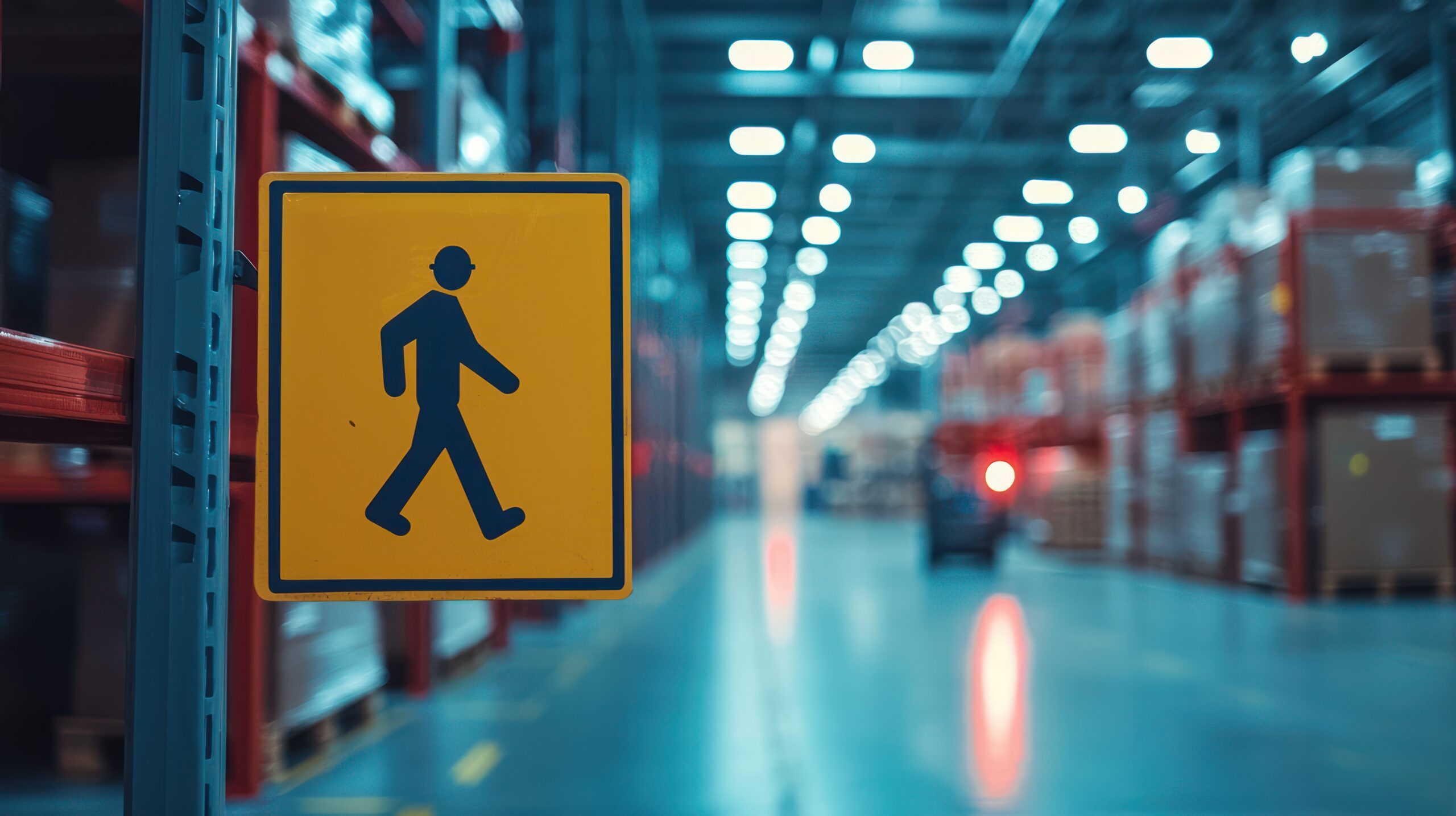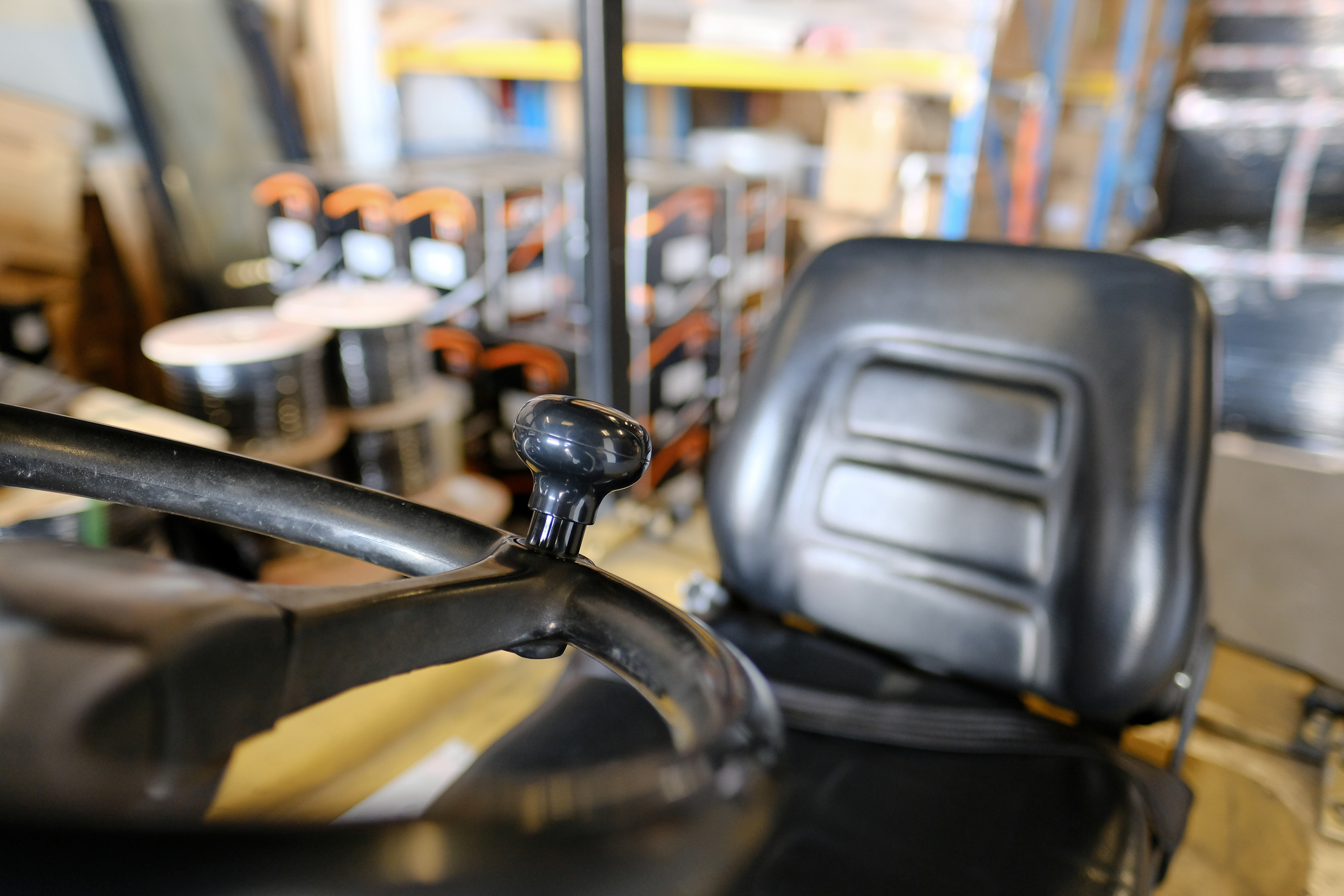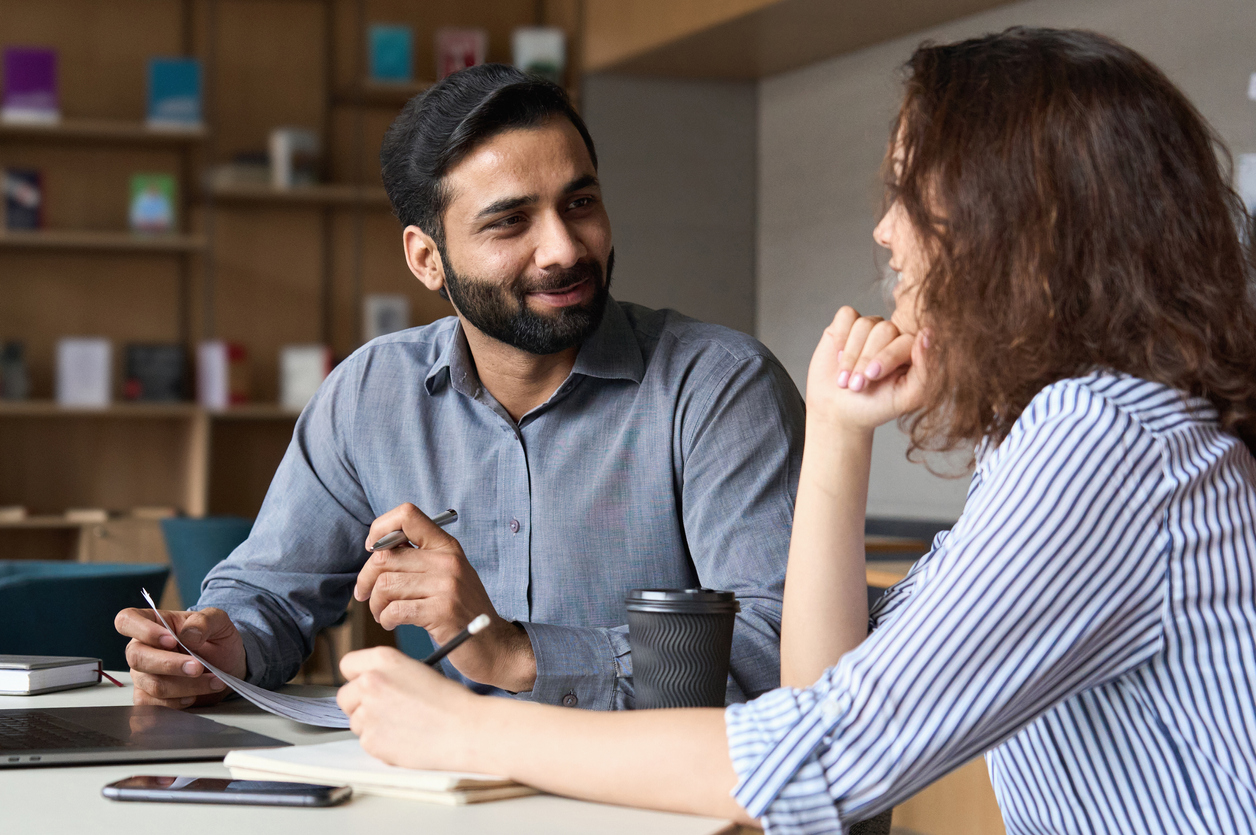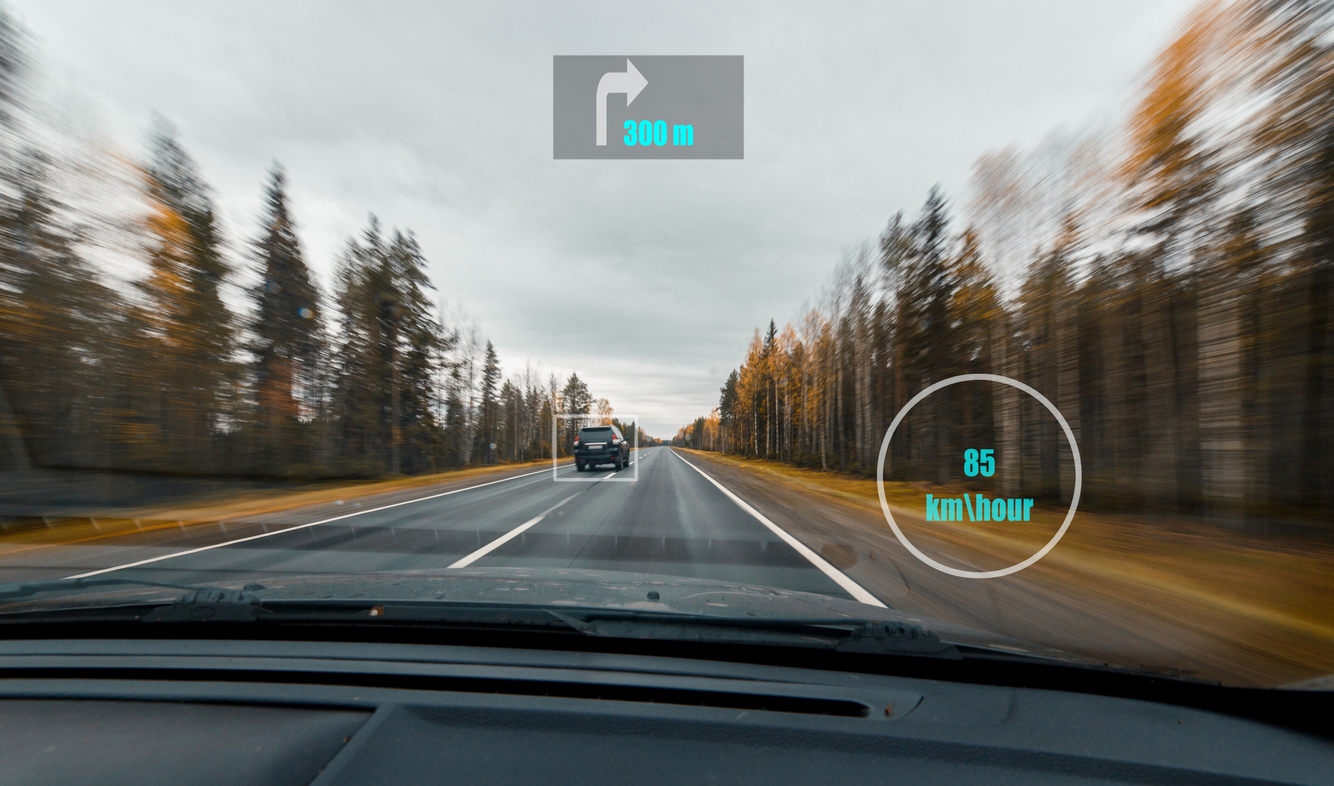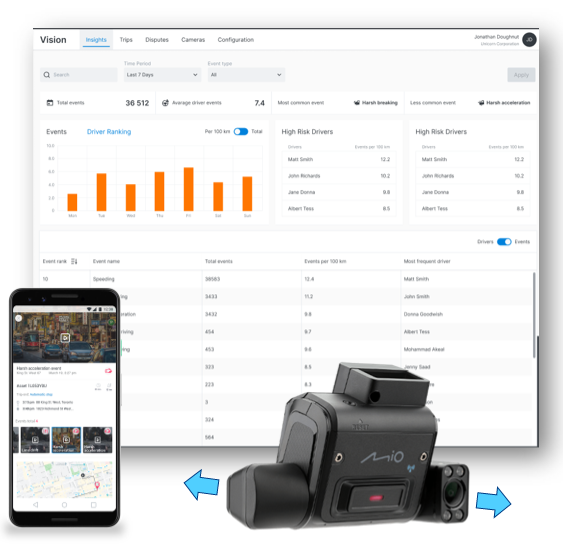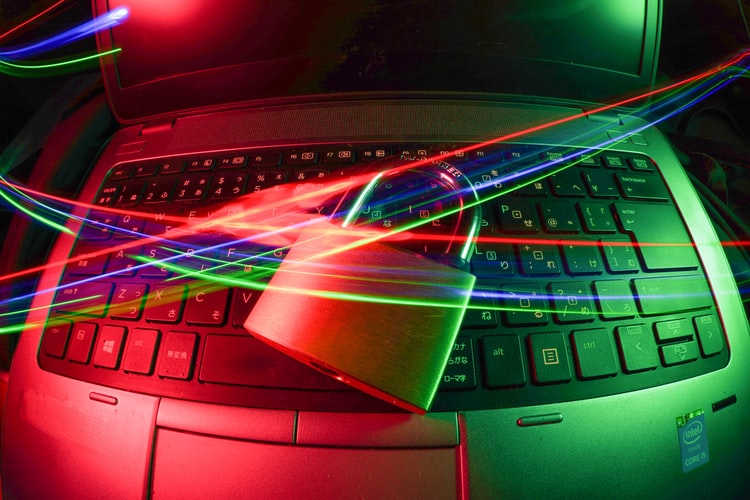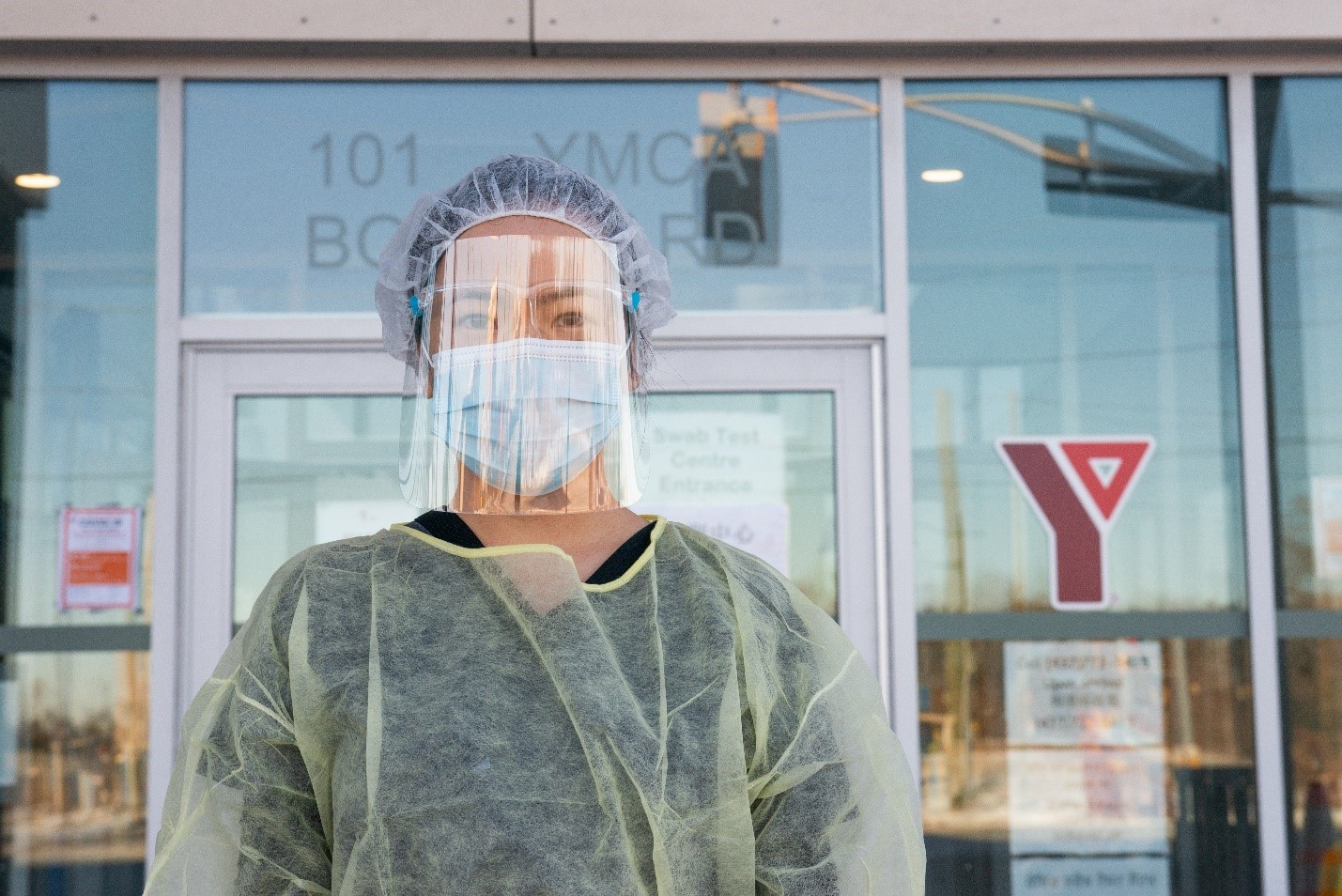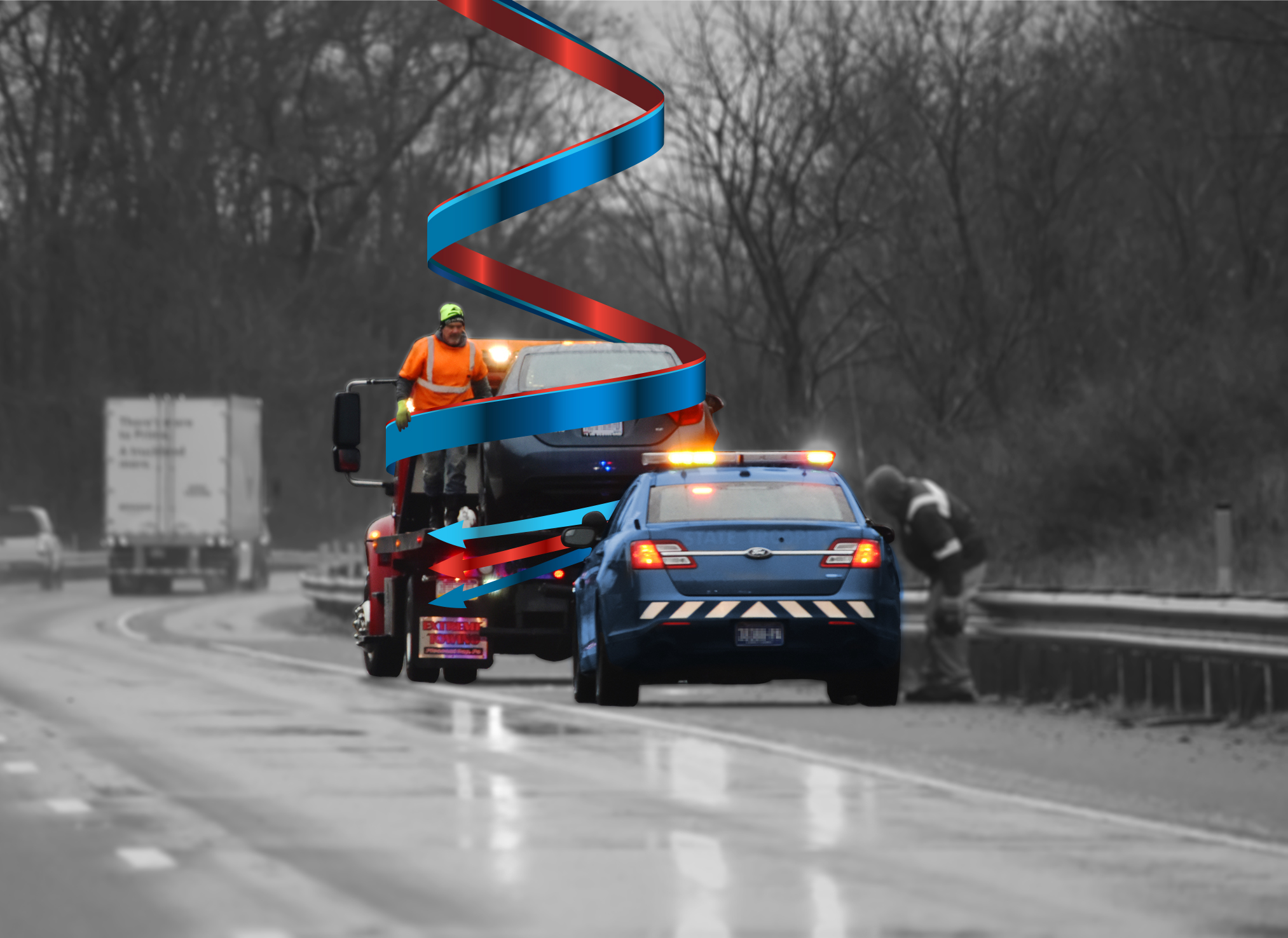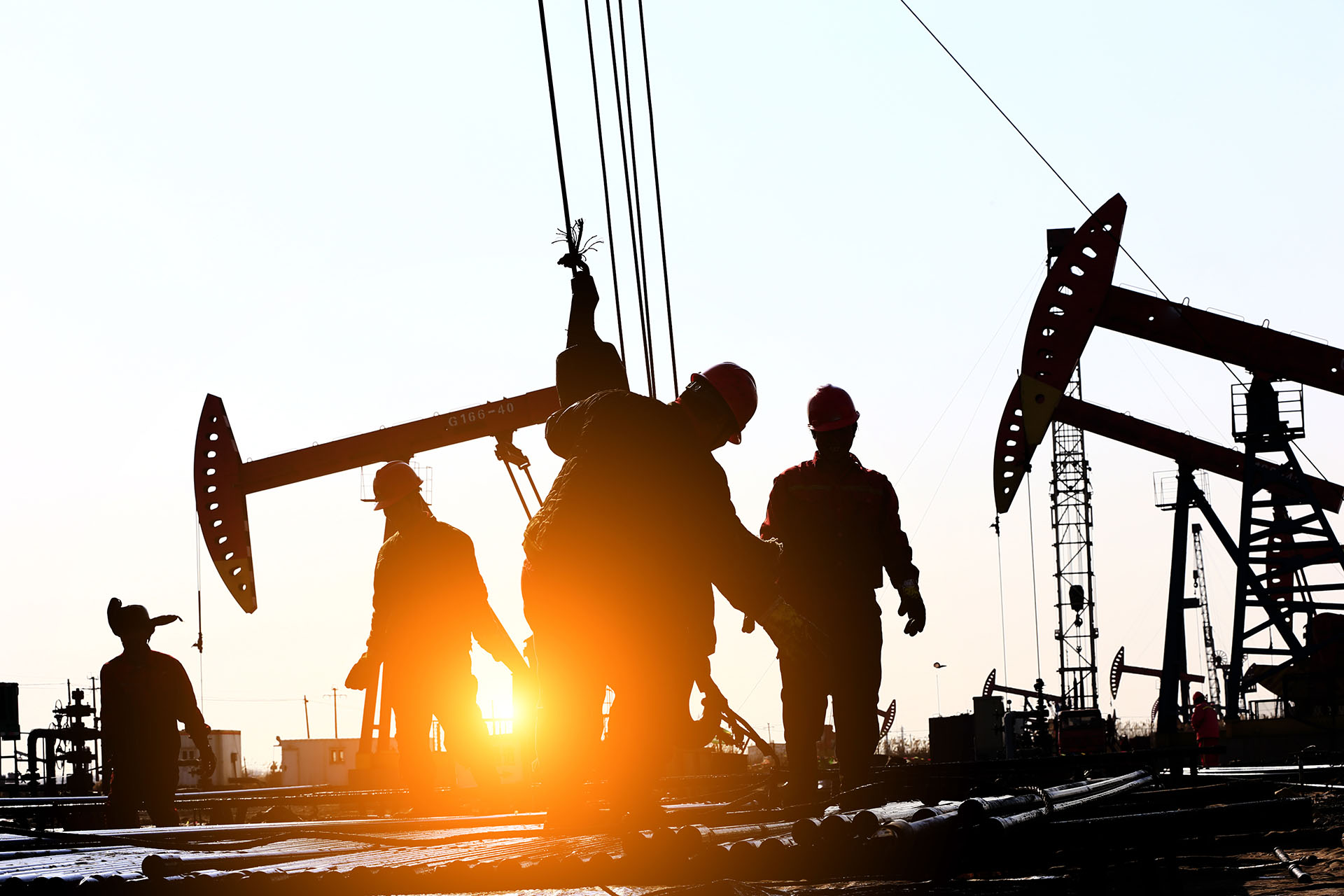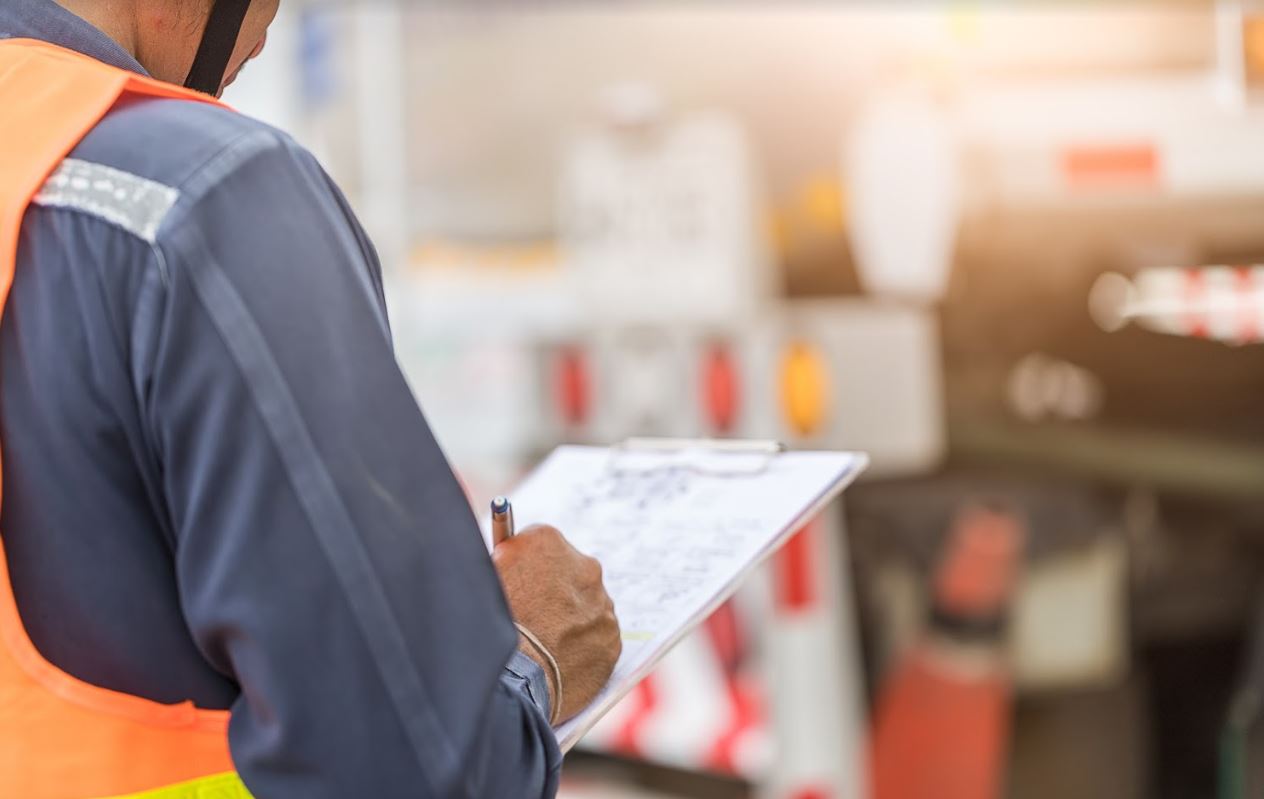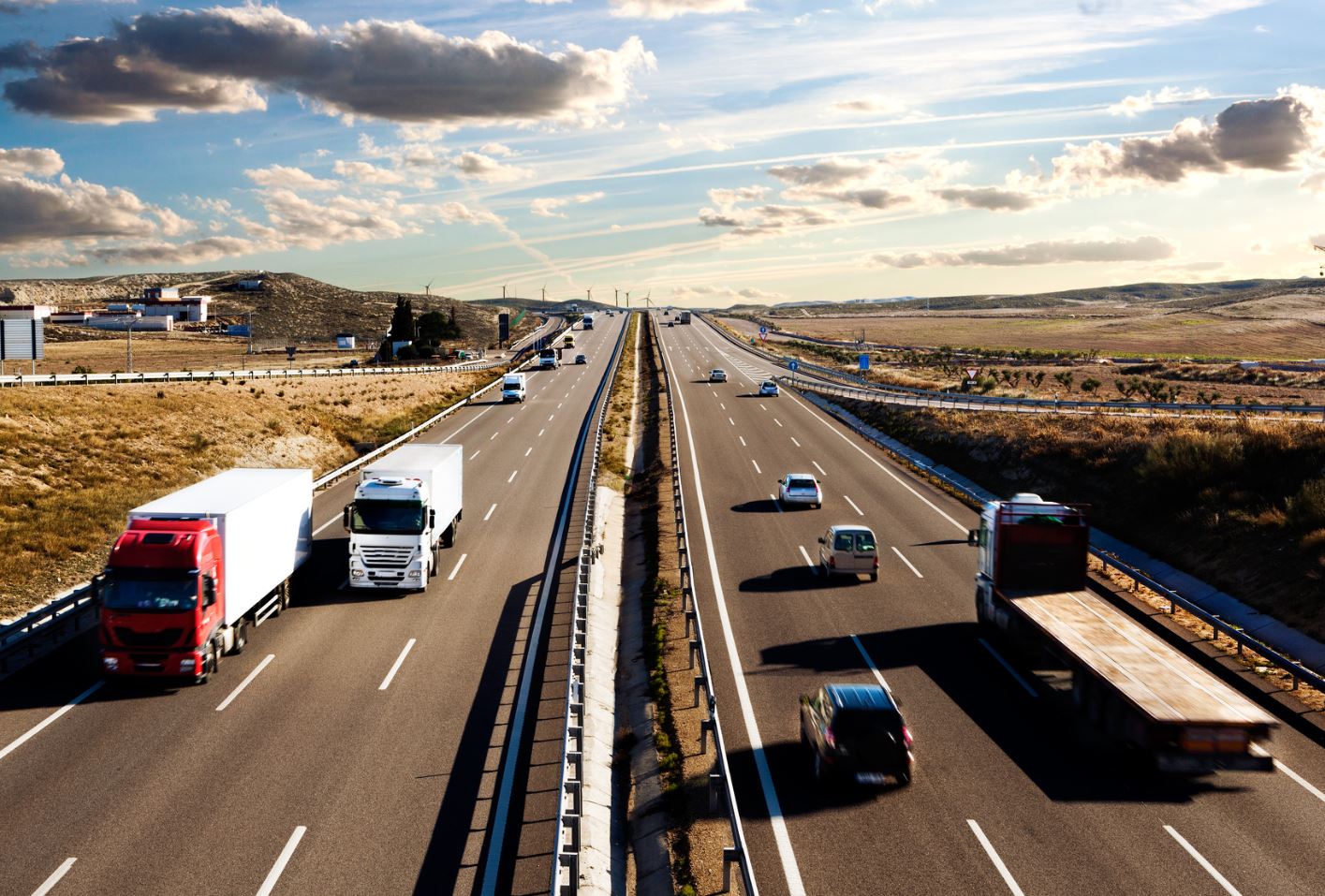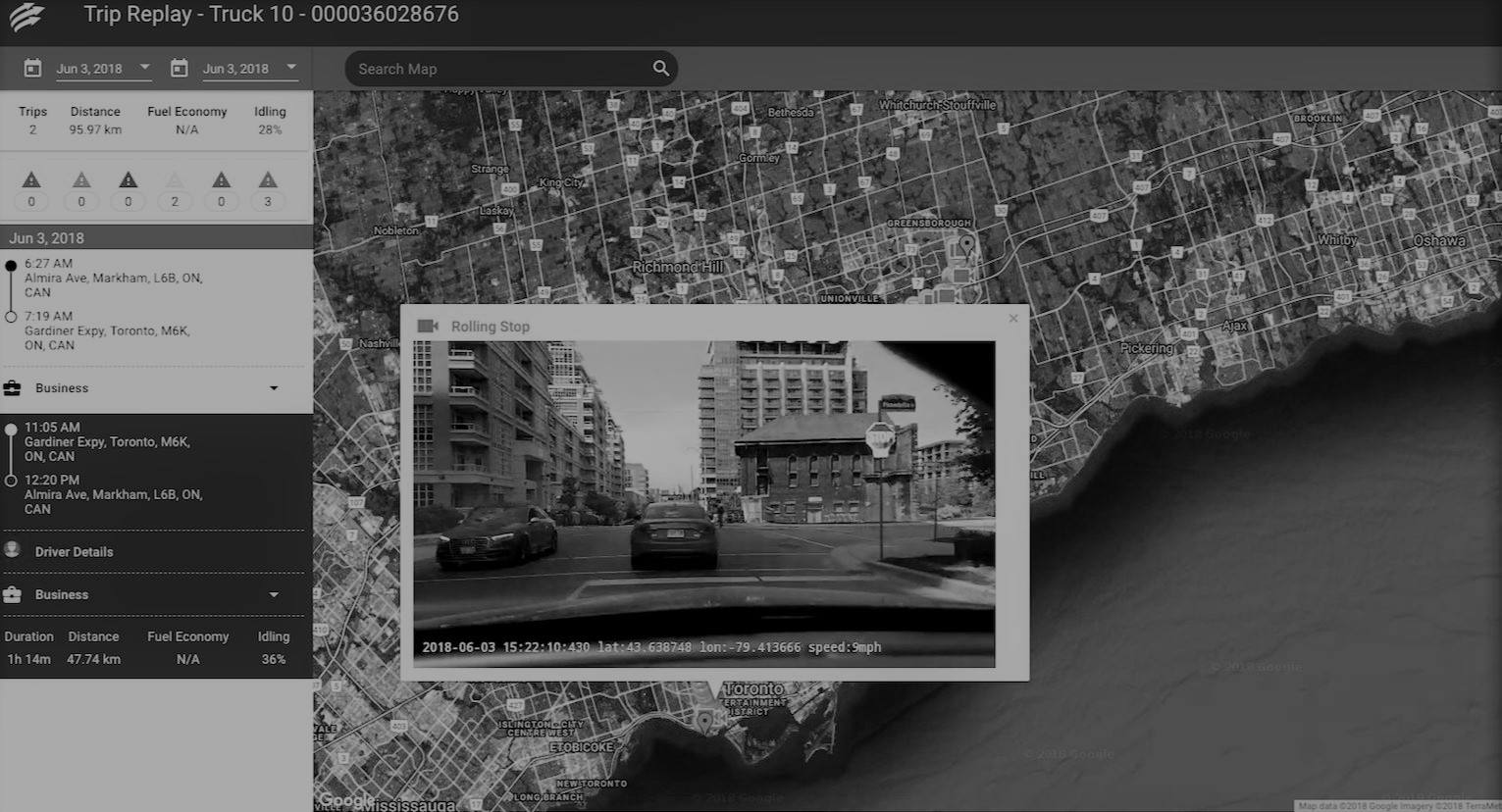Video dash cams have risen in popularity, particularly in recent years. Gone are the days of low-res, narrow-lens views of the road. Today’s dash cams combine wide views with high video quality and AI intelligence to monitor many aspects of driving.
There are numerous types of dash cams on the market, which we’ll explore in detail in this article, but some of the most advanced options now feature dual-facing cameras. Dual lens dash cams can monitor risks such as driver fatigue, drowsiness, and distracted driving. Forward-only cameras record what’s happening in front of the vehicle, whereas dual lens dash cams also record what’s happening inside the cabin.
In this article, we’ll uncover the key benefits of dash cameras, the different dash cam models that are available, and how to decide on the best dash cam for your fleet.
Do you really need a fleet dash cam?
If you manage a fleet, you’ll know that safety is paramount. And using dash cam footage to ensure your drivers are operating vehicles safely is crucial. Dash cams can offer high-quality video footage that you can use to train staff and use as irrefutable video evidence in the event of a claim.
Jeff Maconaghy, President at Encompass Risk Solution, noted that, “Tiredness and fatigue can affect your ability to focus long before you are aware you’re getting tired. Fatigue-related crashes are often more severe because there is a lag time in the driver’s reaction and ability to maneuver to avoid or mitigate a crash.”
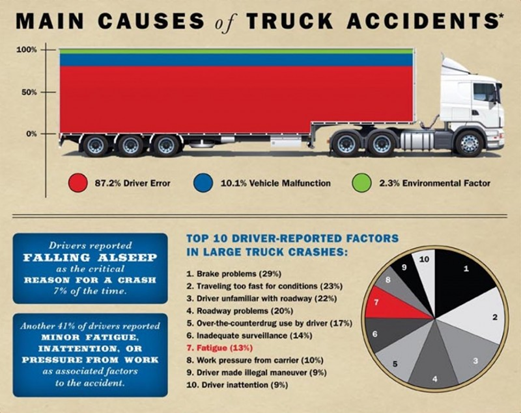
Image Source
This is where dash cams can come in handy. Dual-facing dash cameras can now use AI to monitor risks like drowsiness and distraction, then automatically generate an alert in-cabin that lets the driver know they’re not focusing as they should be. Meanwhile, fleet managers can keep track of alerts and monitor driver behavior over time.
Installing a dash cam is also one of the best ways to protect your business from false insurance claims in the event of an accident. Research shows that in almost 80% of accidents between trucks and passenger vehicles, passenger vehicles are at fault.
Overall, here are some of the benefits of using dash cams:
- Protect drivers from false insurance claims
- Decrease insurance costs
- Prevent accidents before they happen
- Decrease vehicle wear and tear
- Improve coaching capabilities
- Reduce labor costs associated with data collection and analysis
- Use video footage to motivate drivers and reward good performance
The thing is, not all dash cams are fit for commercial use. Consumer versions often do not offer the features that fleet vehicles need.
Let’s take a closer look at the different types and their various features.
Different Types of Dash Cameras and What They Do
From lenses and mounts to a variety of configurations and uses, dash cams are varied. So, it’s important to know which type will fit your fleet’s needs best. Here are the different dash cam models available and what they have to offer.
Front Dash Cams
Mounting location: front windshield
What it records: the road in front of the vehicle
Otherwise known as single lens dash cams, these dashboard cameras are made to capture collisions via a single camera lens that faces the road ahead. They’re also good for capturing clear and detailed footage that can be used for coaching drivers or serving as video evidence to protect them against false claims. These dash cameras only capture footage of the road ahead and don’t record inside the cabin.
Exterior Dash Cams
Mounting location: outside the vehicle, usually on the side
What it records: the area directly around the vehicle
These dashboard cameras help provide a 360-degree view around the vehicle – something that’s especially helpful when the driver is operating a vehicle with blind spots or needs to make difficult turns. They’re particularly useful for fleets who have dealt with many sideswiping accidents because the dash cam footage recorded can be used as valuable evidence to protect drivers against charges made by other road users.
Rear Dash Cams
Mounting location: outside the vehicle, on the back—usually near the license plate
What it records: the area behind the vehicle
Rear cameras record the road behind the vehicle. They’re great for capturing incidents when the driver is operating in reverse.
Interior Dash Cams
Mounting location: inside the vehicle, usually in the trailer
What it records: the interior of the vehicle
These dash cams can be placed anywhere inside the vehicle—both inside the trailer or in the cabin itself. They’re ideal for protecting cargo or keeping passengers safe (something particularly useful for fleets using male instructors to train female drivers). They’re also a helpful deterrent for thieves, who are less likely to steal goods or break into a vehicle if they can see they’re being recorded.
Dual-Facing Dash Cams
Mounting location: windshield
What it records: the road in front of the vehicle and the driver inside the cabin
These dash cams (aka dual lens dash cams or dual cameras) are mounted to your front windshield and have a camera that faces the road, but they also have a second lens that records inside the cabin.
Powerfleet’s (formerly Fleet Complete) Vision 2.0 dash cam is an example of this type of camera. Helping to provide visibility inside and outside of the vehicle, Vision 2.0 also features a Driver Monitoring System that captures driver behaviour, such as attention (looking away from the road) or drowsiness (eyes closing), to help track driver performance. They’re ideal for fleets that want to take their safety to the next level, invest in a good driver coaching program, and protect drivers from false insurance claims in the event of an accident since in-cabin footage can be used to show that a driver was behaving responsibly.
What to Look for When Choosing a Dash Cam
With so many additional features to choose from, knowing where to start when choosing a dashboard camera can be challenging. Here are some key features to consider:
Internet Connectivity
Make sure your cams have enough storage space when recording with internet connectivity. Most dash cams loop data, meaning they record new footage over old footage when they run out of space. To make sure you don’t lose historic dash cam footage, choose a dash cam that’s internet-connected and can send your recorded footage to the cloud as soon as it’s recorded.
If your cam isn’t connected to the internet, you could lose valuable footage—either because it’s been overwritten or the memory card has been damaged in an accident. Internet-connected dash cams are more reliable and convenient.
Driver Monitoring Features
Dash cams equipped with a Driver Monitoring System can analyze driver behavior in real time. This is useful for safety, training, and helping prevent accidents before they happen.
In-Cab Coaching
An in-cab audio feature means the dash cam can sound warning messages to inform drivers of unsafe behavior like speeding and harsh driving.
Automatic Event Detection
Choose a dash cam that connects to your telematics and fleet management system. That way, it can pick up on safety events like speeding and collisions and immediately send detailed footage to your safety team for review.

From next-generation dash cams to GPS tracking—Powerfleet’s (formerly Fleet Complete) systems are suited for full integration.
Data Analysis Tools
Choose a system that helps you make sense of all your data, with tools that can track trends and suggest improvements and feedback.
High-Quality Imagery
Having good video quality is a must if you need to review dash cam footage in the event of an accident. Choose a wide-angle lens with at least 1080p HD video and a high dynamic resolution (HDR).
Easy-to-Install Tech
When deploying large numbers of dash cams for commercial vehicles, you’ll want something quick and easy to install. Choose dash cams that are flexible, easy to fit, have excellent video quality and come from a reputable company with a good customer service team.
If you’d like to find out how Powerfleet’s (formerly Fleet Complete) dual-facing dash cam can support your drivers, learn more by requesting our Powerfleet (formerly Fleet Complete) demo.
If you have any questions about Powerfleet’s (formerly Fleet Complete) fleet management solutions, contact us here.






